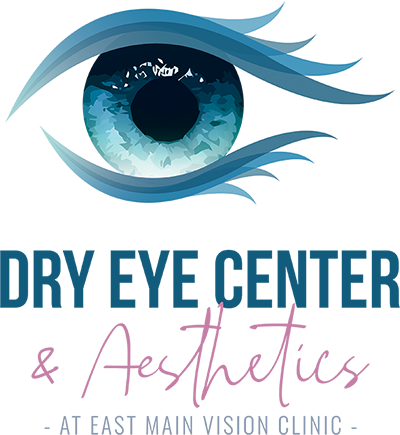January 27, 2020

Your eyelids contain meibomian glands that are responsible for producing meibum. Meibum is an oily substance that mixes with water and mucus to form tear film. Without the oil, tears dry or evaporate too quickly, leading to symptoms associated with dry eye. If something prevents your meibum gland from secreting oils into the tear mixture, you have Meibomian Gland Dysfunction (MGD).
What Causes MGD?
MGD is normally caused due to a blockage of the glands, which prevents them from secreting oil. However, you could also get MGD if the oil is too thick, making it difficult for the glands to express it. Also, your meibum could be insufficient or of poor quality, making it impossible for it to prevent the tears from evaporating.
Your medications could even cause MGD. Retinoids, estrogen, and medications that reduce androgen can all lead to MGD.
Symptoms of MGD
If you are in the early stages of MGD, you might not realize you have the condition. However, as the problem progresses, you’ll start to notice some symptoms. Itching, burning, irritated, and dry eyes are common symptoms of MGD. You also might experience blurred vision that goes away when you blink.
It’s normal for these symptoms to get worse in certain conditions, such as when you’re exposed to heating or air conditioning or on the computer for hours at a time.
Managing Symptoms at Home
If you have early-stage MGD, you might respond to at-home treatment. Start by putting a warm washcloth over your eyes for five minutes. If the oil is blocked or too thick, this can loosen it so it can mix with your tears. Also, use a humidifier to put moisture back in the air at your home. This can reduce your symptoms.
Massaging the area around your eyes can also stimulate your meibomian glands. Do this several times a day to reduce your symptoms.
Also, be careful when using beauty products around your eyes. If your eyelids come into contact with products that contain retinoids, you could make the problem worse.
Seeking Treatment
While at-home treatments are a good starting point, it’s important to go to an eye doctor for a proper diagnosis. As the condition progresses, it can cause your glands to shrink or disappear, meaning you won’t have as many treatment options available. As with many eye conditions, early detection improves treatment outcomes.
After examining your eyes and determining the cause of MGD, your eye doctor can provide the necessary treatment. This might include lubricating eyedrops and oral steroids if your condition has caused inflammation.
Once you begin a treatment regimen, stick with it. Following a treatment protocol can make your symptoms go away. However, failure to do so could allow the condition to progress and get much worse, making it much harder to treat.
If you think you have MGD, visit East Main Vision Clinic to undergo an exam. Dr. Day will examine your eyes and provide the necessary treatment for you. Contact us at (253) 780-0700 or visit us online to set up your appointment time.



